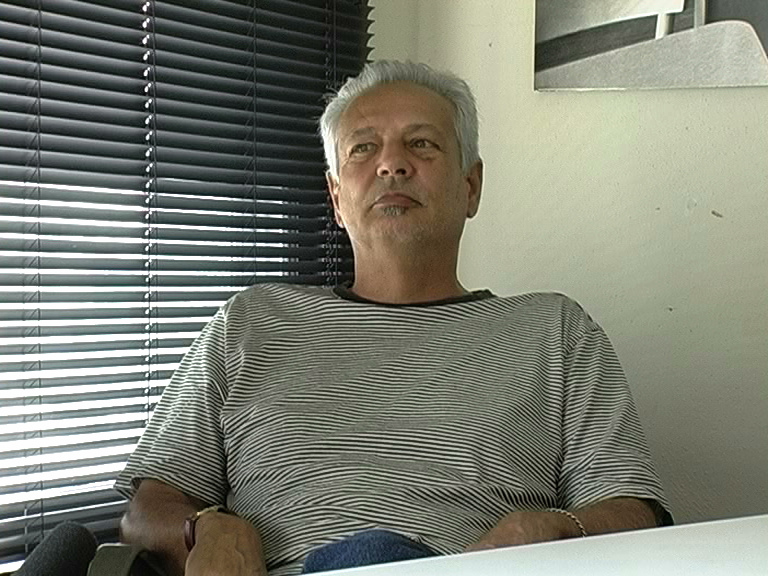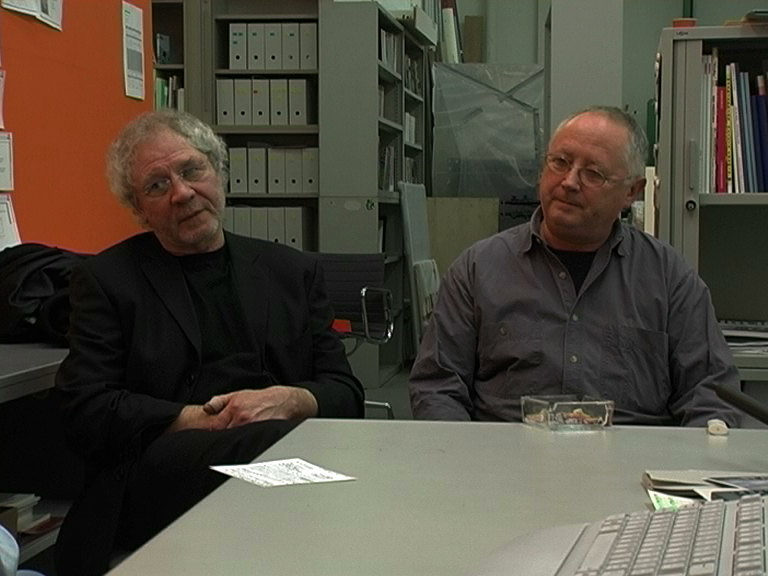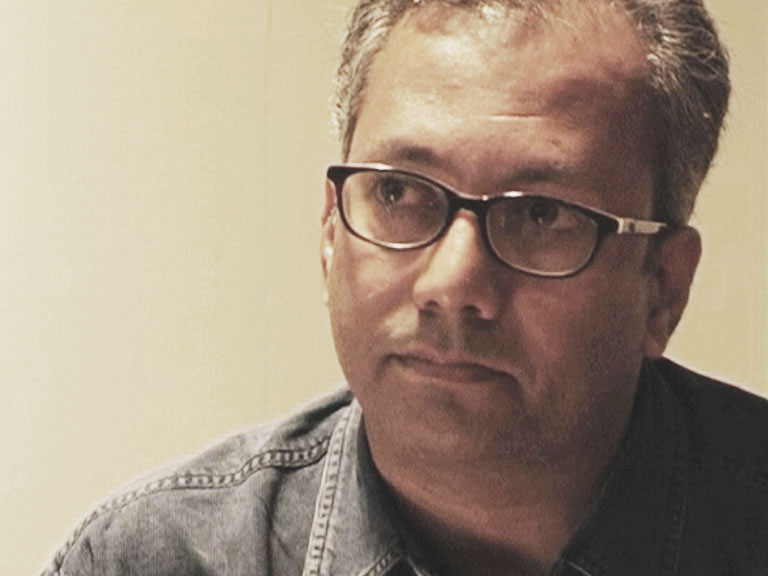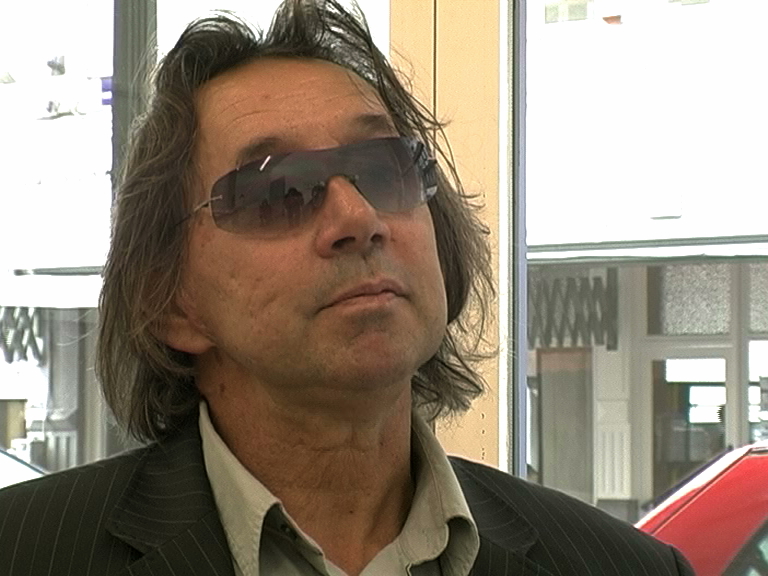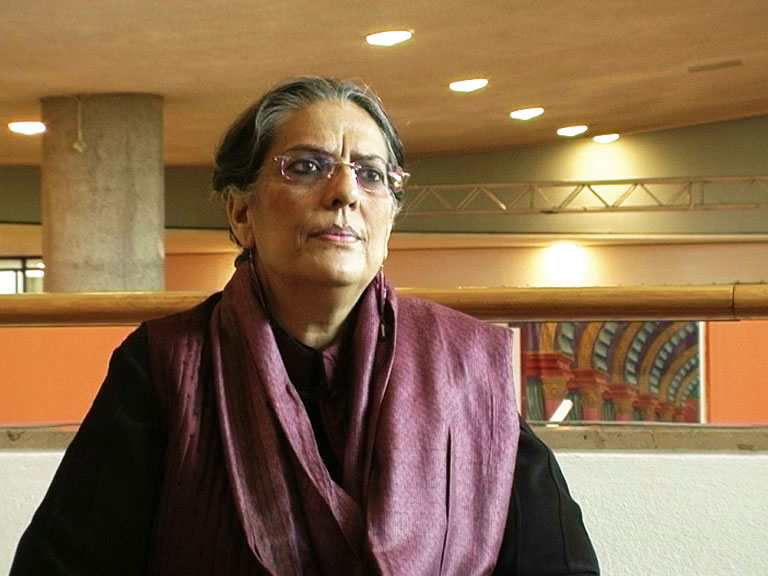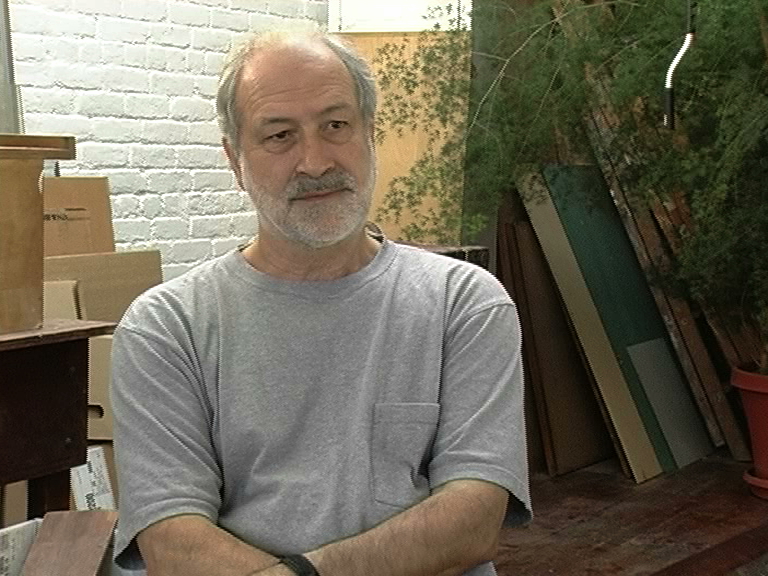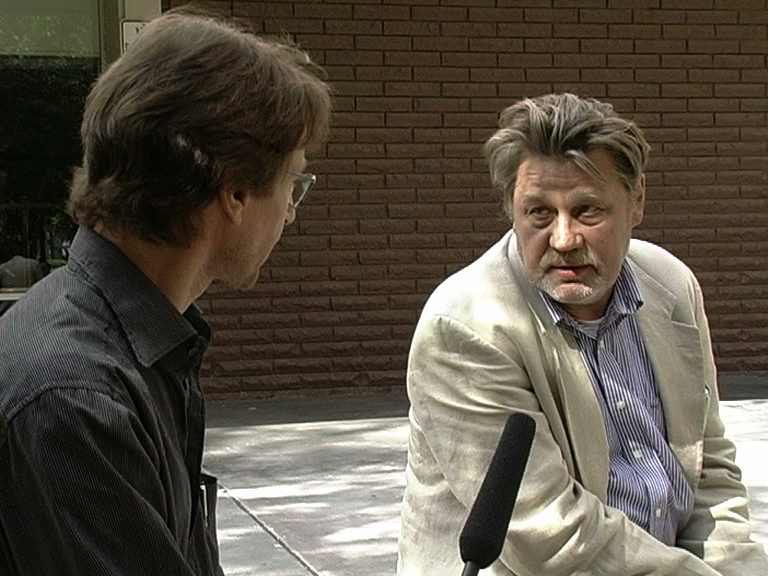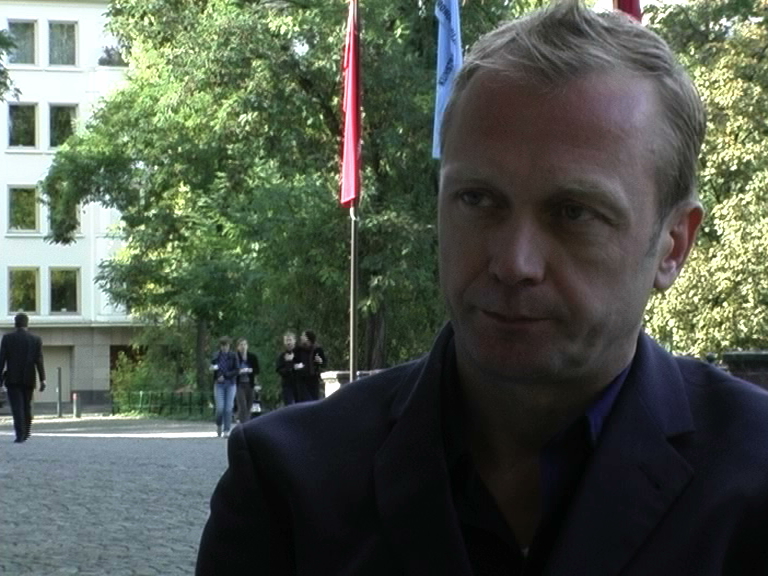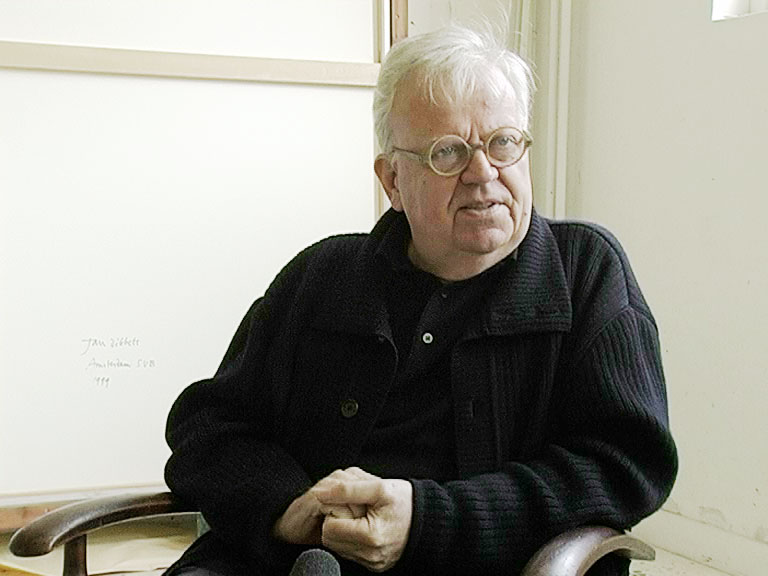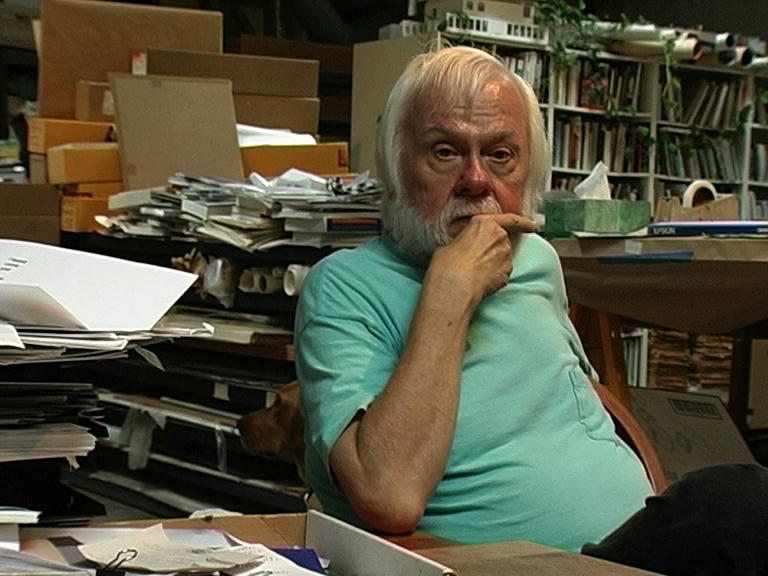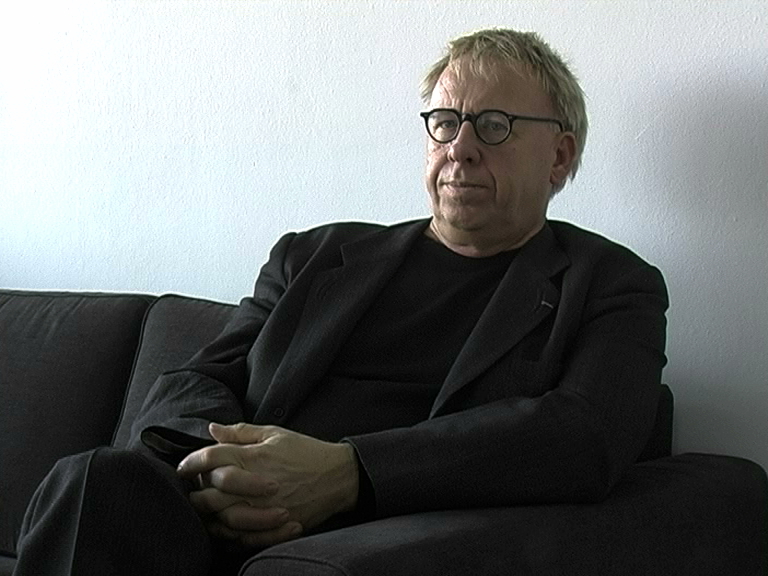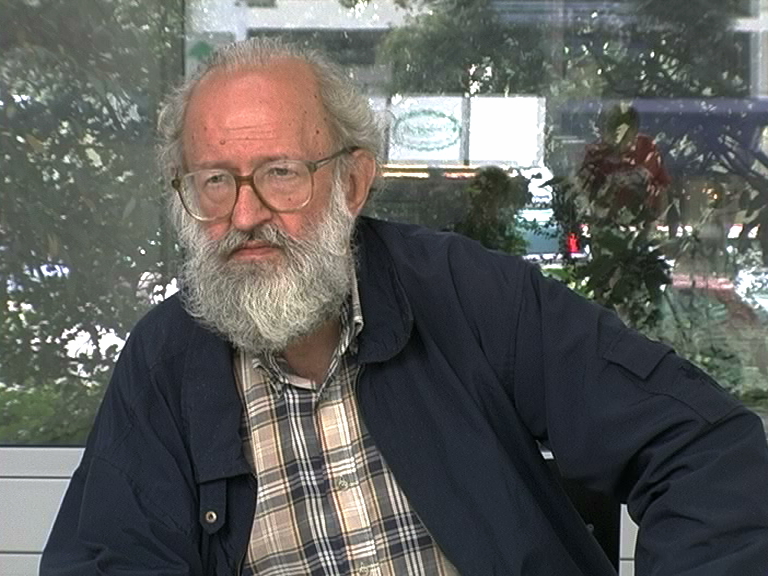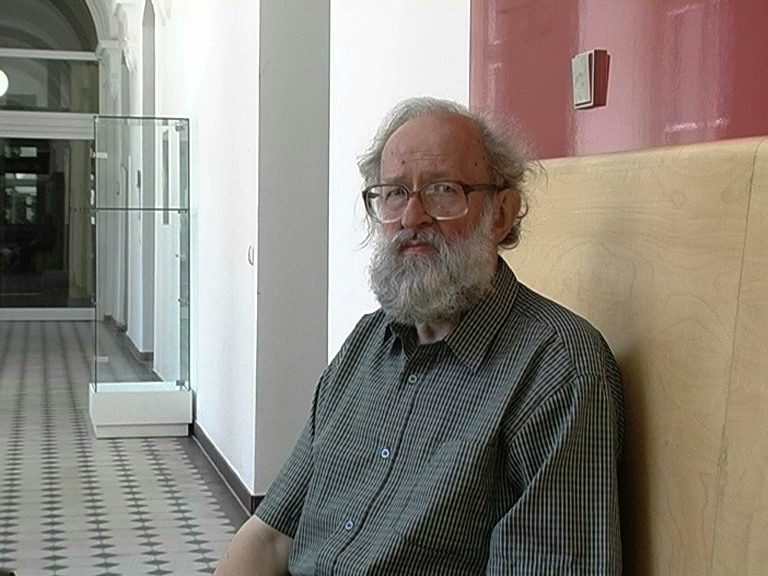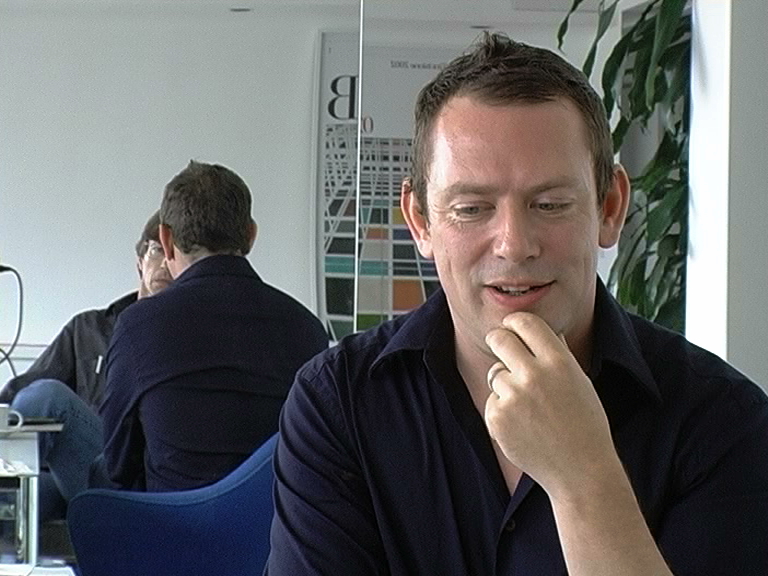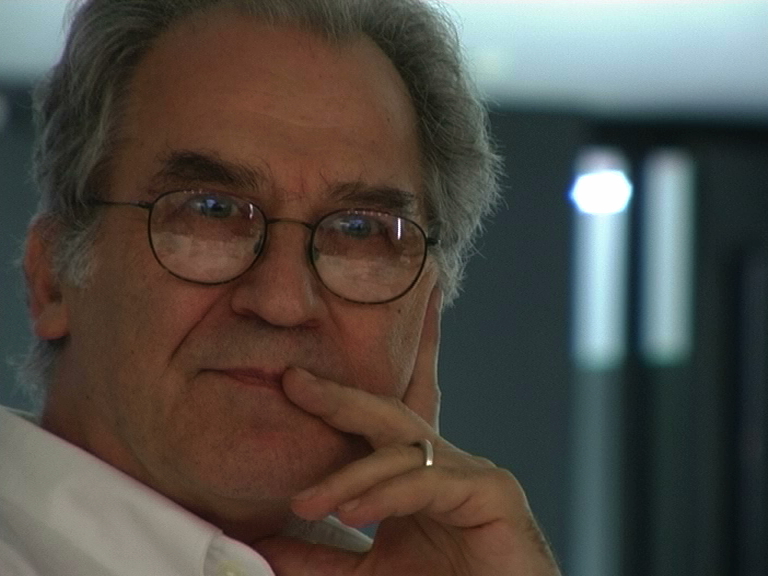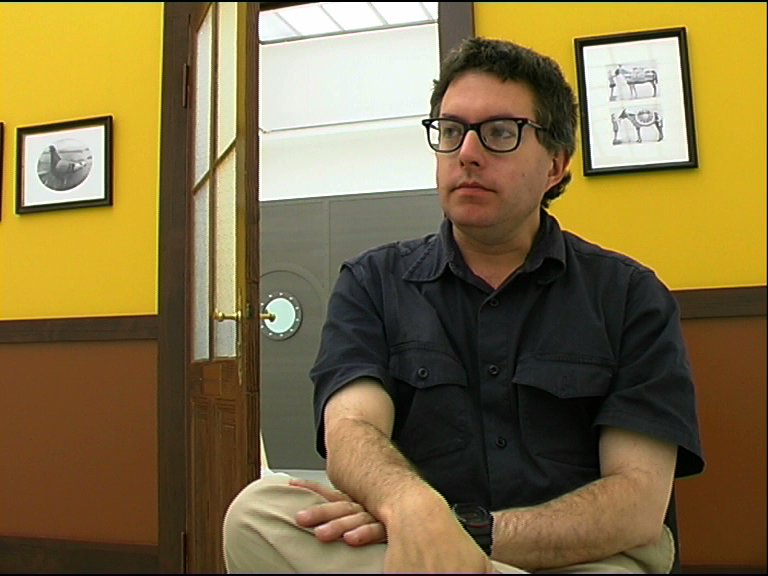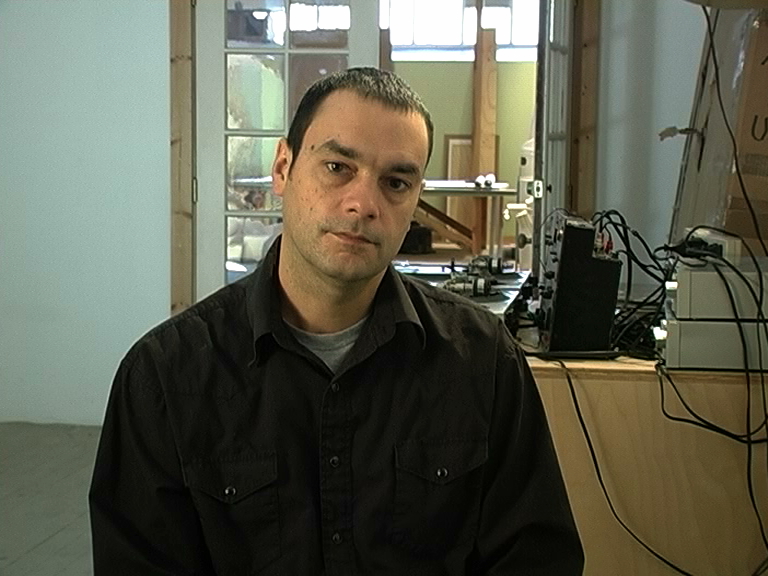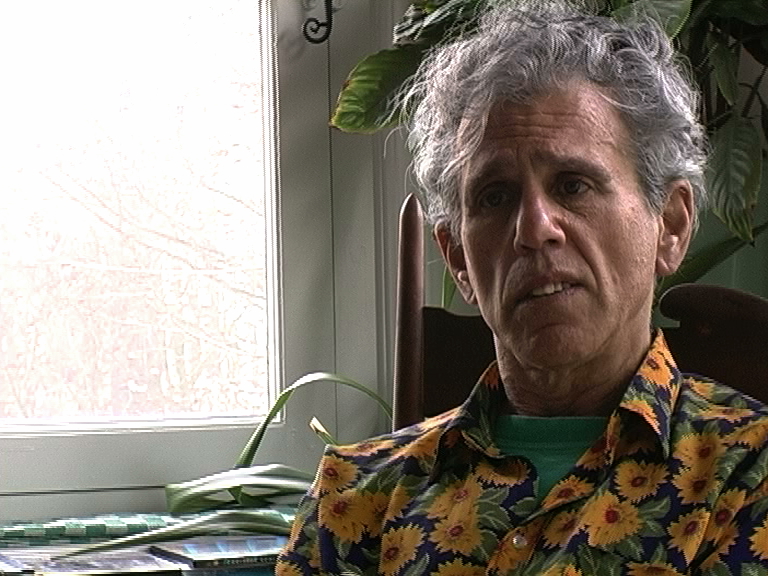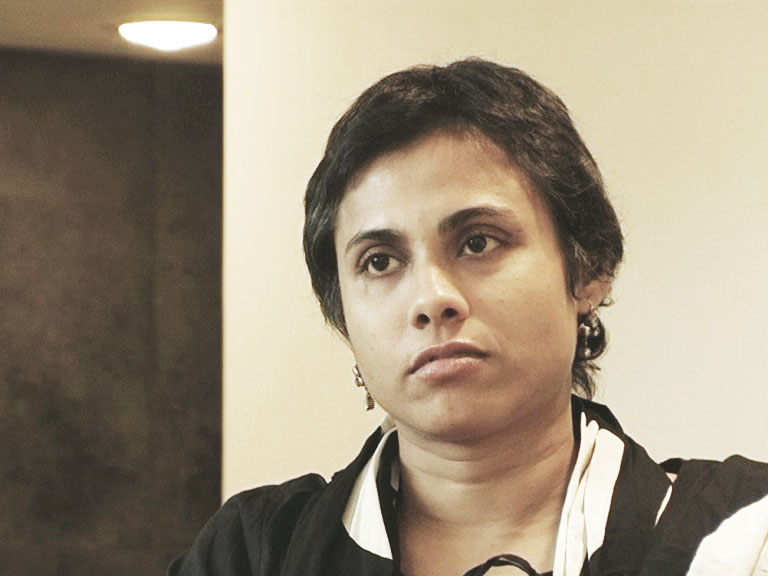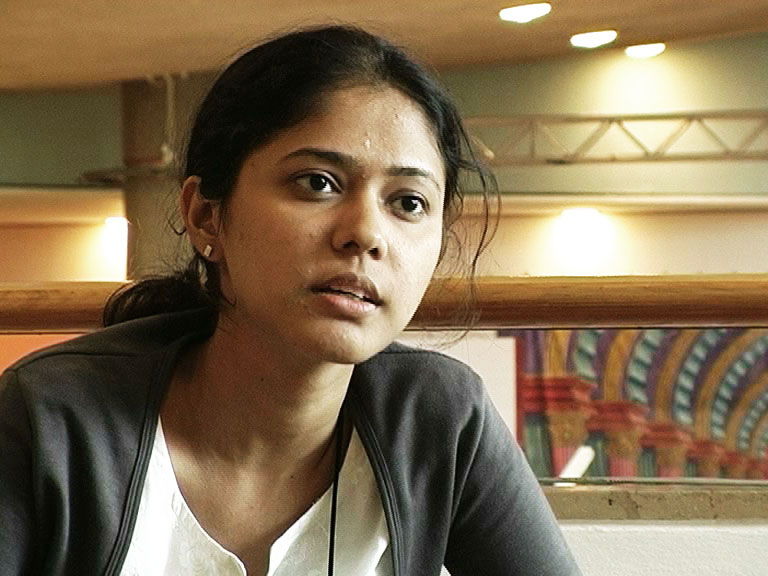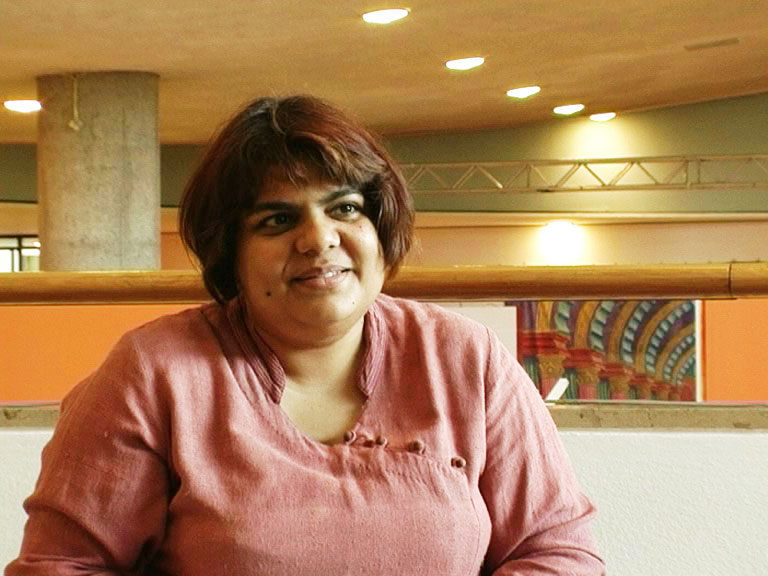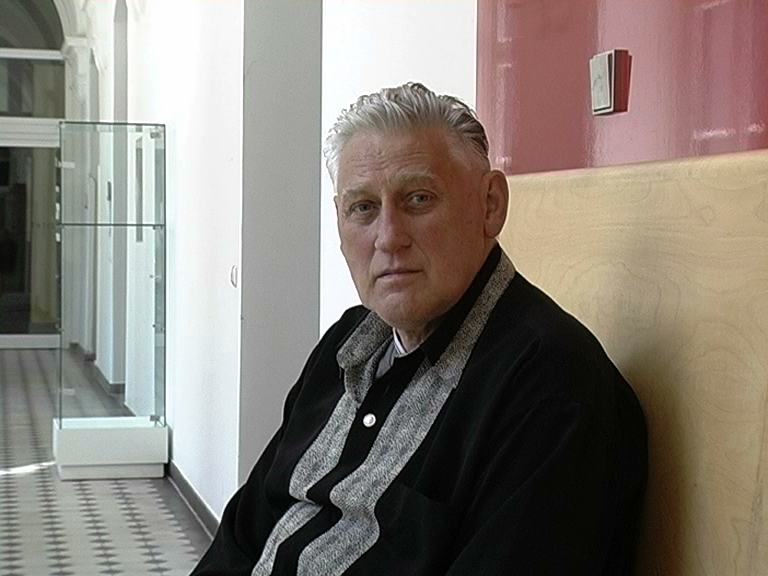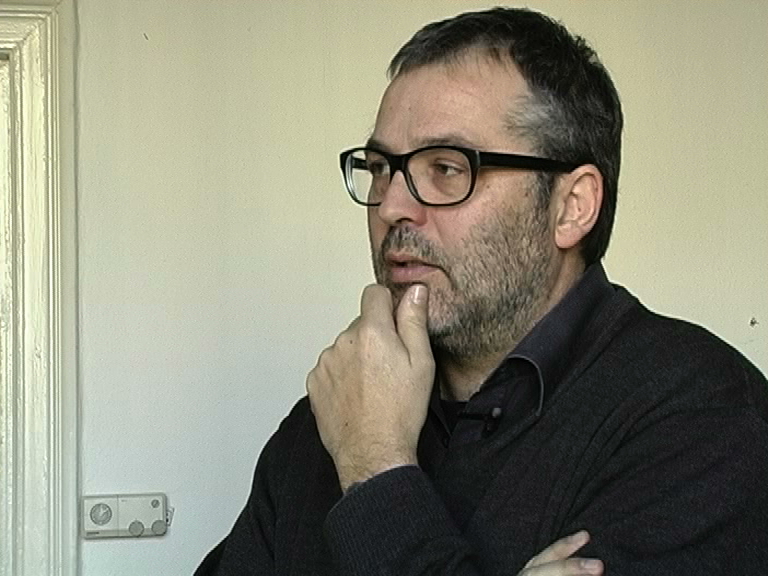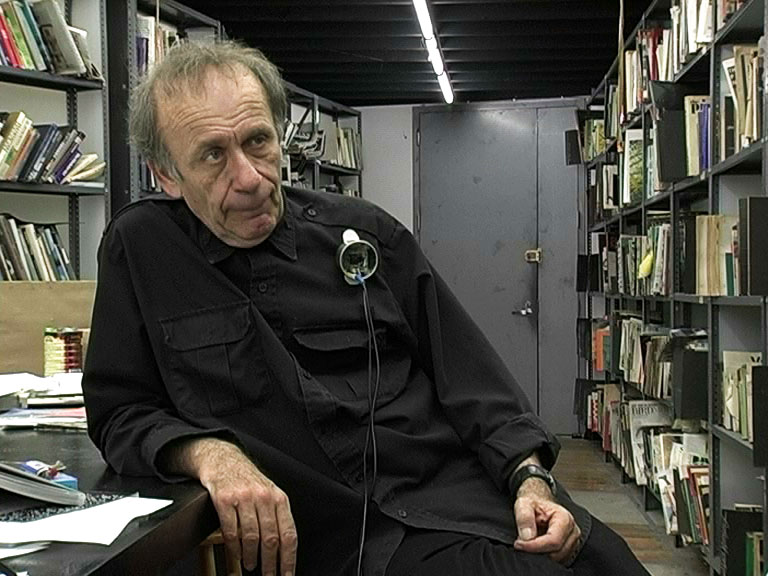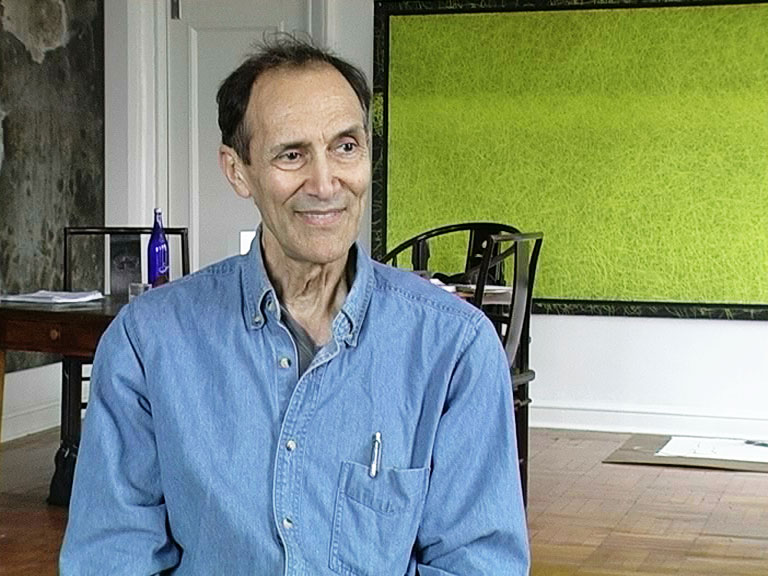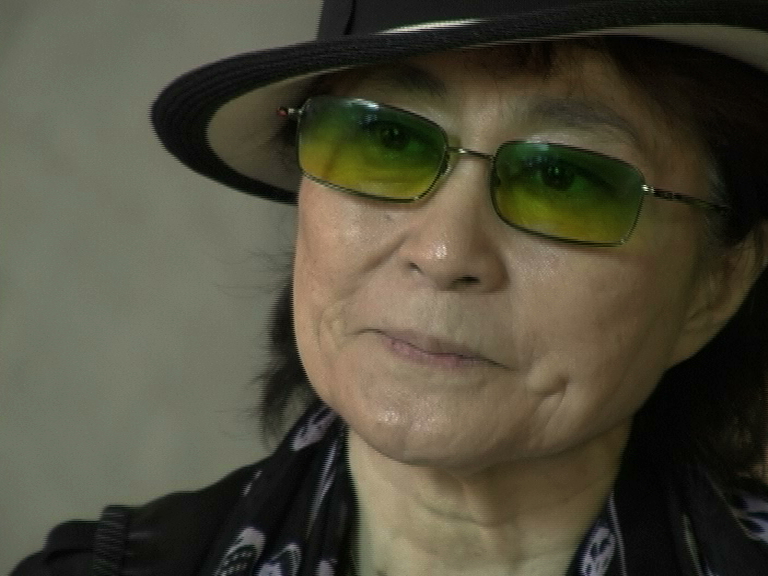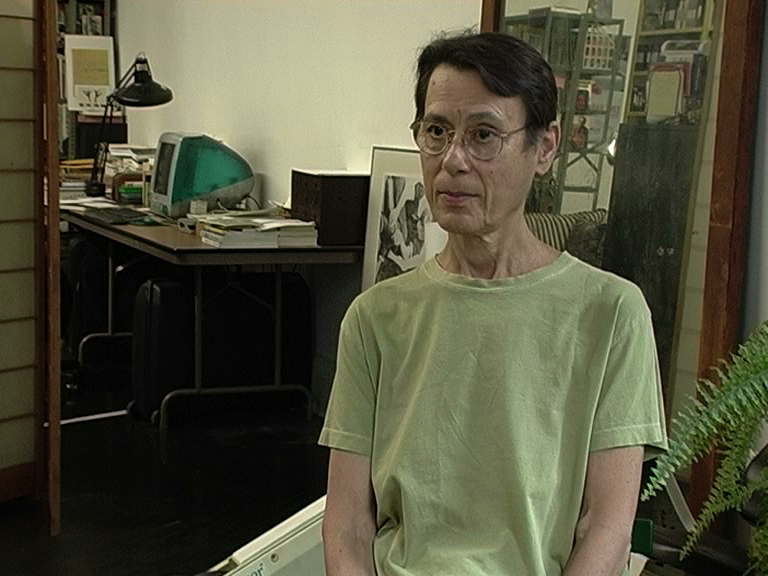S.R.: What is the strongest influence on your work?
S.G.: Actually I can’t really pinpoint any strongest influence but I’ve been influenced by everything and everything which I’ve seen, right from like the books I’ve read, the streets I walk in, billboards; a lot of it has to do with television, and a lot of it has to do with the popular culture and the interaction of people in the city of Bombay. It’s such an overwhelming city. I think that’s the biggest thing which influences me.
S.R.: Is there a specific practice in the history of art which is your favorite or is conceived as your favorite?
S.G.: Actually it’s sort of, I have a weird choice of what I do like; I like stuff even, I mean I don’t like a particular practice as I like certain artists of certain times. I like Nicolas Poussin to Cézanne a lot of it overlap. It has to do with what I relate to most. It has more to do with Pop and then Conceptualism. I guess a lot of my own work, I’ve been told, overlaps with that. So, I guess that. But it’s really not a particular period or something. I feel especially close to. It’s like a work I might see here or there and I might like it.
S.R.: How do you conceive your own work? Do you think it’s media work or do you focus on the issue; what is your anchor?
S.G.: I guess it’s like a collapse of a couple of things. I mean, when a work comes to you, often it comes to you. I feel it just comes to me. It’s often an idea which comes to me, and then, along with it I often get a couple of options to execute it, whether as a net-project or as and object-based thing. But usually it’s all at one go. I don’t know whether. I don’t think the medium or the issue or that first, unless, of course, sometimes there would be something like a thematic show where the theme is presented. But again, I grapple a lot with that. I can’t really work with themes. And even within the same work, I have a habit to keep changing it. I did I poster on a project called “vain”; it became a bottle, it became a performance on the trains. I keep having a same concept and I keep reworking it almost for a year. So it’s like that. So the medium just changes, the concept may just be the same. Do a poster on it, do a bottle on it, and then an interactive performance also.
S.R.: Can you say what the aim of your work is?
S.G.: I guess somewhere the aim of, not just my work but I guess more of a lot of art-making practice in my type – which is obviously by default really not a commercial thing – but it sort of sticks with a non-commercial aspect of wanting to challenge the kind of hierarchy which is in art scene of consumerization of an art object, of an art experience. So one of my aims is definitely not to be in that racket, not to make consumables. Of course the aim is experience, because that’s where it comes to me first, and as any basic art form it would have to be a translation of experience from this end to the opposite. And of course, a lot of it is a struggle to negotiate, because everybody comes up with different histories and interpretations. And I guess for me, a lot of the thing is the struggle itself – I mean that is somewhere the aim also, the in-between thing, to just grapple with and just try to leave it variable. If this works here, or like German comments worked here, or French comments worked here, or as a problem I solve it. A lot of it has to do with problem-solving towards reproducing an experience. But it’s obviously trying to sort of talk about my experience then getting translated somewhere else or an idea being reproduced where obviously I’m very much interested in the reaction of the people. So for me it is, I expect a reaction, and how will that reaction be created?
S.R.: So do you think that, you are talking about an idea that you found and that came to you or comes to you. Do you think it’s much more an intellectual process – the start of your work?
S.G.: I think it’s a cross between intellectual and experiential, because otherwise it’s super intellectual, and if you don’t have the experience you don’t have the drive to make it. If it’s just intellectual, I just think I let it go, if it’s experience – you want to, like, do something about it.
S.R.: Now we get a little bit more historical. When did you hear the first time something about Conceptual art?
S.G.: Pretty much, when you talk about historical, a lot of the information I received or a lot of peers of artists do receive in my generation within Bombay is in the art history class which is one class in one-week in a number of weeks in a year. It’s really funny; you are probably in the first year you learn about Renaissance, in the second year you learn about Mannerism. So somewhere in my fourth year or fifth year I came to Pop art; so I guess someday we really spent like fifteen minutes on Pop art and maybe five minutes on Conceptual art and skipped through it. I guess it’s somewhere there I must have received it. But I did find it interesting. That was just a one-off. And I often found myself going to British Council libraries which was a thing to go because art library is the college library in the school of art is up to a certain period. For more updated, the greed for information so you‘ll end up in the British Council. Sometimes in the USAS but more in the British Council because it lets you take home books. I guess there one sort of heard more about, I mean, accessed more information about. But then also it would not be a book on Conceptual art but „Art in America after 1945“. Walter Benjamin: „Art in the age of Mass [Mechanical] Reproduction“– these were the kinds of books one accessed as a bunch of information, but not really contextual, very very theoretical stuff. It was just an overall bit of paragraphs on different periods.
S.R.: So how important are the conceptual paradigms?
S.G.: I guess for me it’s pretty much, I have to often battle with the fact that a lot of people brand me as a conceptual artist sometimes. And I kind of don’t find it very closely related, because I am not informed of the history or of the strong social intellectual way in which it was formed from or the social context. I’m not informed enough about it. But I guess, yes, I mean. You have to just tell me again. Yes, how strong are the paradigms. I think I fail it knowing all the paradigms properly enough. It’s just that certain aspects of my work overlap with it. Maybe it’s text or it’s the emphasis on interactivity. I really don’t find – honestly speaking – wanting to fit into any of these brackets because I think they are really superimposed on us. And for anything which is developed so far in the US. And I’m sitting somewhere in some city in Bombay, am someone who has probably come across one single paragraph on it somewhere, and maybe something overlaps on it. So I just feel it’s not easy for me to, it’s just not fair to sort of want to brand or take certain terms formulated elsewhere and then map it on us. It just doesn’t work. It’s probably… There should be a new term for certain art forms formulated in, say, Asian countries. There is a certain way of receiving information without really having a historical, living experience, or local living experience.
S.R.: Maybe it‘s little bit fitting to what’s Luis Camnitzer. He was living in Latin America and he said exactly what you just said, that in his perspective, in his view, many different local Conceptualisms developed in the 1950s and 1960s, but most of the people only know about the British or the New York Conceptual art. Exactly what you said is my intention to find out how in different places locally developed something like this, a conceptual approach without knowing that there is something built that is called Conceptual art. So that was really precise, what you just said.
S.G.: And you know it’s so funny. It’s just because you very well know that a type of people who have the power to print information and to disseminate it. Like there is a British Council Library in Bombaby but there is nobody who would print any books on Indian art and push it in the American scene. So information and influence and power is very much one-directional to the media of print. So it’s a strange thing which we have to grapple with. But maybe there are overlaps of experiences, maybe the text plays a huge form, maybe a certain situation perhaps America faced in the 70s, maybe certain aspects of it, maybe it still faces it. It’s really funny. I find it really a very, very twisted kind of a game to sort of often say that “okay, Expressionism was here, Conceptualism was here” a sort of brand periods; but I think it’s actually very criss-crossing. I mean it’s also a thing of making fashion in an art scene. It’s a business to do so, it’s a business to perpepuate a system – like okay, now, there was Conceptualism and now it’s out, the in-and-out game. So.
S.R: Can you say the last two sentences again because of the noise?
S.G.: Ok, this whole thing business of having -isms, is also somewhere. It’s not the beginning and the end or really take the truth of it, because it has to do with making fashion. And making fashion is a lot of you know. Like you want to make something “in“ because you want to make something “out“, and then you want to make something else “in“. I wouldn’t be too astonished if there was some kind of Conceptual art even now on the US or all over the world or in Indonesia, in India. So I mean, you know, it’s probably because there is an overlap of situations because there is more text now, there was no text, say, in the 10th century as much as printing was after a few centuries. So there is text, there is that experience, there is a blend every day that you grapple with. It allows an overlap of experiences and perhaps a flow of certain isms across, not just countries, continents, but across the centuries. Sorry, centuries is too much, but across decades. This whole “ism“ business also is to be taken with lots of salt, pinches of salt, I would say.
S.R.: That’s the reason why we try to speak about “Conceptualisms“ not only one „-ism“. That you have different cultures.
S.G.: Can I add something? As an Asian artist it’s even worse, because there is a certain hierarchy which is always built-in, as to say: hey, you’ve copied from the West, or hey, you‘ve picked up. And it’s sort of, that this sentence is not for inquiry, but to create a level to say that you have been influenced and therefore you are not so good.
S.R.: That was a real good issue. The copy thing. They always say: “Oh it’s only a copy of something”. But they don’t realize that there is something original and they don’t realize that’s original.
S.G.: Yes, but I think it’s more interesting – this intention of the statement rather than the statement itself. It more to create a hierarchy, and it wants to perpetuate a hierarchy, that we are the other ones have done this… And it’s so funny that they actually manage to get the same brain-thought even weaving into a lot of local Indian writers or Indian artists, into seeing that… Yeah it’s a really funny thing, you have to really battle with, in India as an artist. At one hand the people think that you are doing avant-garde art or you are doing net art or you are doing some kind of Conceptualism or blablabla. Or working with ready-made stuff but then actually, people back home sometimes think that you are imitating the West, the West think you imitate. It’s just a way of I think denying or creating more borders between groups.
S.R.: I know it’s really bad, but I think it’s everywhere. So I have one last question: How do you describe your typical daily work as an artist?
S.G.: Sorry?
S.R.: How do you describe your typical daily work as an artist, your ideal situation?
S.G.: Oh, as an ideal situation. Oh God, I don’t want to have an ideal situation. I don’t think there is because everybody wants to have something more out of it. But I guess it would be, for me, the current situation would be really not wanting art to be in small spaces because it’s becoming really defunct. There is nobody really watching art where it is in very few galleries. It’s becoming completely an object for consumption, and it’s often, it reduces, I mean, by becoming an object just to sell and buy, the one experience gets thrown out and the one activity gets completely erased. So for me it would be really important to have a situation where a lot of people see art. Maybe art in the theatre, it’s more effective. Currently it’s quite, you feel very useless, as a function. You often have to grapple what’s the function of the art-making. For me that would be ideal, that you do something, that there is a structure where people are interested and people can see a lot of work.
For the moment. I might have bigger wishes but this is the one wish just now.
But you had something to ask about originality, right?
S.R.: I think that the term of originiality is involved in the first two, three questions.
S.G.: Okay, because I think…
S.R.: But if you want to say something about originality, you can go ahead.
S.G.: Because I thought about it when you said, what I was thinking was that originality is something. Well in the churches, where everybody worked together, there was never a original art work, but then when aristocrats started having a 2 by 2 square foot of painting you wanted to make it original – more to do with the fact what I have you don’t have. I think somewhere it has to do with capitalism in wanting to own, a unique work;. That is why artists, even knowing and wanting by the audiences, never do massive productions so much of the print. I think it’s a very sick thing this originality business, because it’s just wanting to do something unique and make it very private. And then try to propagate and sort of claim public ideals or moralistic aims through it. So this originality business is really quite not in.






